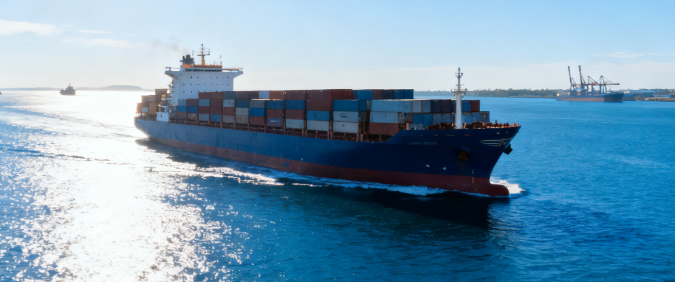China-US Port Fee Dispute Escalates: Maersk Reroutes US-Flagged Vessels
Release time:
2025-10-17
📰 News Summar
On October 14, 2025, China officially implemented a special port fee on US-flagged vessels as part of countermeasures related to the US Section 301 investigation. Under the new regulation, US-flagged ships docking at Chinese ports are required to pay CNY 400 per net ton.
Following the announcement, several trans-Pacific shipping lines adjusted their operations. Maersk announced temporary rerouting of two US-flagged container vessels to bypass Ningbo Port fees, with cargo transferred via South Korean ports.
📊 Key Data
Maersk Vessel Adjustments
| Vessel Name | Original Port | Adjustment | Transshipment Port | Effective Date |
|---|---|---|---|---|
| Potomac Express 542E | Ningbo | No longer calling | Busan, South Korea → Final destination | Oct 14 |
| Maersk Kinloss 543E | Ningbo | No longer calling | South Korea → Ningbo | Oct 14 |
First Vessels Paying Special Port Fees
| Vessel Name | TEU Capacity | Net Tons | Port | Special Port Fee (CNY) |
|---|---|---|---|---|
| Matson Waikiki | 4,870 | 30,224 | Shanghai | 12.09 million |
| Manukai | 2,600 | 11,149 | Ningbo | 4.46 million |
Note: This represents China’s first implementation of a special port fee on US-flagged vessels, confirming that the policy is now officially in effect.
📈 Market Impact
Higher Operational Costs for Shipping Lines
US-flagged vessels calling at Chinese ports face additional port fees. Some carriers reroute cargo via third-country ports, increasing transit complexity.
Volatility in Transit Time and Shipping Costs
Trans-Pacific cargo may experience longer transit times. Small and medium shippers could face higher freight rates and delayed deliveries.
Increased Uncertainty from Policy Dynamics
The China-US port fee dispute is expected to remain fluid. Carrier operational strategies may continue to change, impacting supply chain stability.
💡 Professional Recommendations
| Recommendation | Action Steps |
|---|---|
| Early Booking | Secure bookings in advance to avoid disruptions from vessel rerouting. |
| Flexible Route Selection | Consider third-country transshipment options to optimize cost and transit time. |
| Monitor Vessel Flag | US-flagged vessels may need to be rerouted or replaced with non-US vessels. |
| Maintain Backup Plans | Establish multiple port and carrier options to reduce risk. |
| Stay in Close Contact with Freight Forwarders | Keep updated on vessel schedules, port congestion, and fee policies. |
🚀 How Pass International Logistics Can Help
Guaranteed space and third-country transshipment solutions
Real-time vessel and port tracking
Policy updates and freight optimization strategies
📩 Contact our experts today to get the latest route plans and freight analysis










